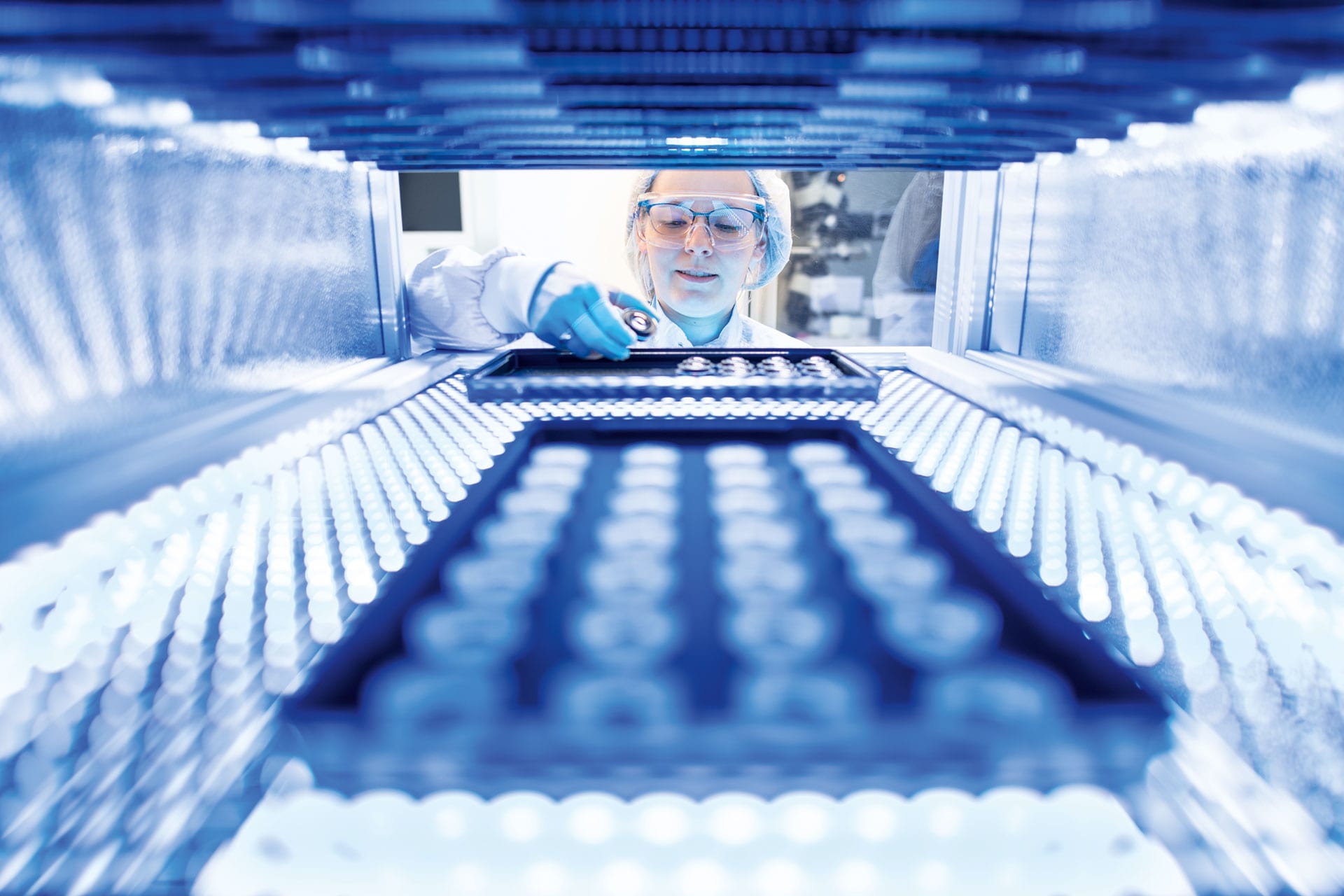The anti-reflection layer
At the plane of contact between air and glass, about 4 to 9% of the light is reflected, depending upon the kind of glass and the angle of incidence. In a lens with six lens elements, i.e., 12 transitions between air and glass, about half the light is lost through just such reflections! No less disturbing is the loss of contrast which is caused by the many reflections within the lens system, which is in turn the cause of "blurry" pictures. For this reason, the lens elements are coated with a thin anti-reflection (AR) coating, which reduced the distorting reflection - depending on how it is used - to less than 0.5 % residual reflection per surface. In addition, these scratch- and smudge-proof layers provide good protection against chemical changes in the glass.
The physical principle
How can reflections in glass be suppressed by a thin layer on the glass? The physical principle is the following: On a coated glass surface, a portion of the light is reflected both at the transition from air to the coating as well as from the coating to the glass. If suitable coating substances of an appropriate thickness are selected, the light rays reflected at the surfaces tend to cancel one another out because of interference, while at the same time strengthening the rays which pass through. This is the basic principle of anti-reflection coating. In this instance, the thickness of such a layer is less than the wave length of the light. To draw a comparison, a human hair is about 250 times as thick. With only a single layer of coating (single-layer de-reflection), the residual reflection can be reduced to about 1 to 2 %. But in order to attain a residual reflection of less than 0.5 % over the entire visible area, several layers must be applied. These multi-layer or multi-coating (MC) systems, depending on the kind of glass and the materials comprising the coating, consist of from 3 to 7 individual layers.
The Technology
The process generally used for the application of AR-layers is that of condensation-deposit of transparent metallic compounds in a high vacuum. In this process, the coating materials are vaporized in a crucible and then transferred to the glass surface by condensation. During this process, the lenses have to be heated to about 270 degrees Celsius so as to achieve better adhesion of the coated layers. A newly developed and improved coating process is being instituted at the Schneider-Kreuznach plant. In addition to the conventional condensation-deposit process in a vacuum chamber, a plasma is produced, the ions of which "bombard" the emerging layer with high energy and in this way condense it as a layer. Coating The advantage: even without heating the lenses, with this process layers can be applied which are considerably more resistant and stable than those produced with the conventional evaporation process. For this reason, this "cold" process is also very well suited for heatsensitive plastic lenses (eyeglasses), and it confers on these lenses, e.g., with the Schneider-Kreuznach crystal coating, together with an additional hard surface layer, excellent protection from scratches. In addition, systems with a great many layers can be constructed. In this way, the interference filter UV-IR-Cut of black and white consists of 32 individual layers, something which would have been very hard to accomplish with conventional processes.
The Lens Coating Center of Schneider-Kreuznach
All manufacturing processes take place in a so-called clean room, which is entirely dust-free, in order to assure the greatest possible cleanliness of the lens surfaces. The room can only be entered through a lock, and each employee must wear the appropriate clean-room clothing. The facilities include computer guidance, and are operated completely automatically. Through precise process supervision, consistently high quality is assured. In addition, all coatings are tested for residual reflection and adhesion. Up to 300 lenses or filters can be coated in one batch.
Interference: A physical phenomenon, arising from the wave character of light. In this connection, an extinction occurs when a wave peak and a wave trough come together.
Plasma: A gaseous mixture of ions, electrons, and neutral particles. It can be found in fluorescent tubes and in flames



